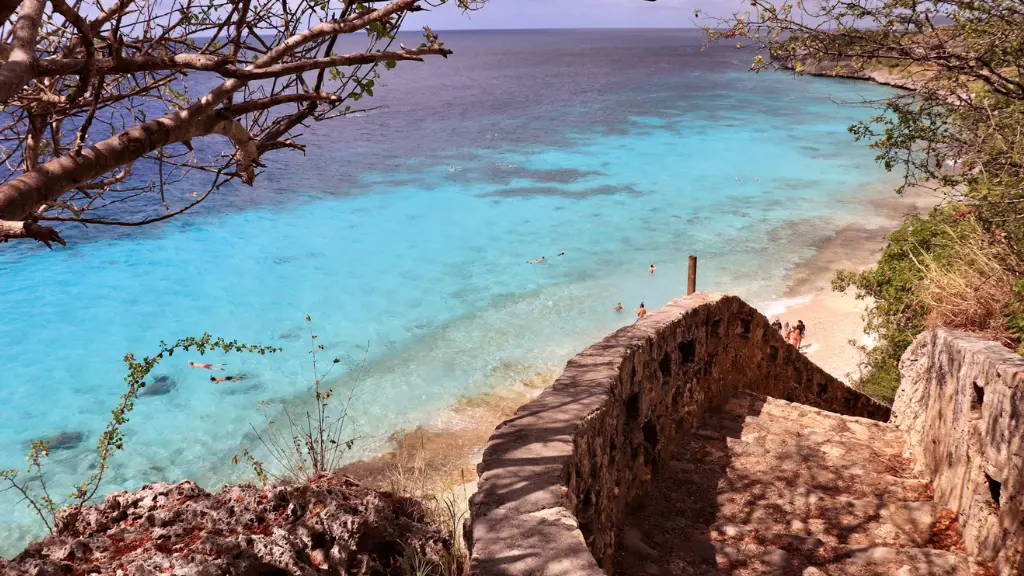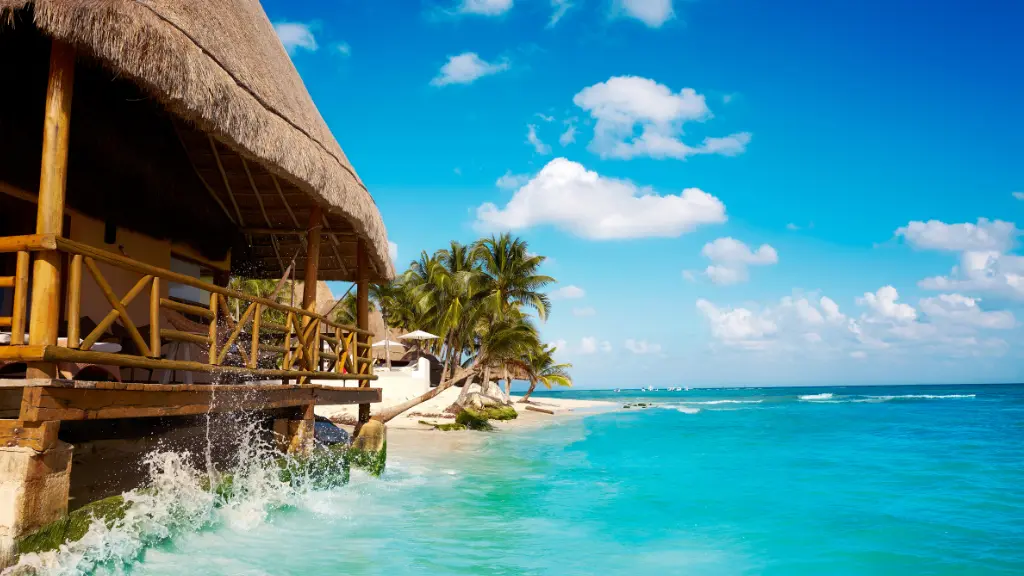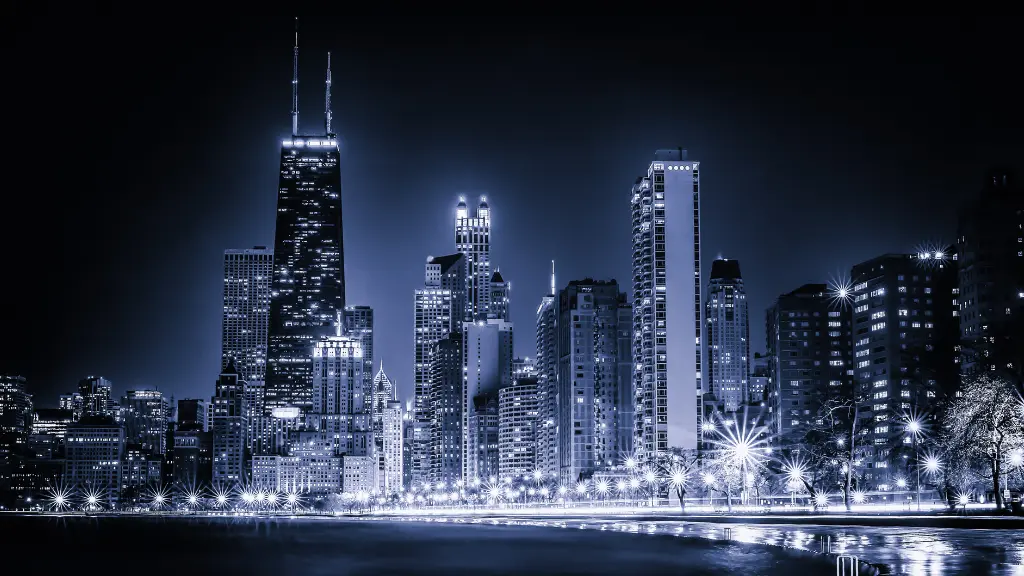Bonaire, a small Caribbean island in the Dutch Antilles, is known for its untouched natural beauty, clear turquoise waters, and vibrant marine life.
As one of the best diving and snorkeling destinations globally, Bonaire offers an ideal getaway for those seeking underwater adventures and relaxing tropical vibes.
If you’re planning a visit to Bonaire for the first time, here’s everything you need to know for an unforgettable trip.
You May Also Like: Discover Sydney’s 8 Key Neighborhoods
1. Know the Best Time to Visit
Bonaire enjoys warm weather year-round, with average temperatures hovering around 80°F. Although it’s in the Caribbean, Bonaire is outside the hurricane belt, making it a reliable destination for sunny skies and calm waters.
The peak travel season is from December to April, when you’ll find more tourists and slightly higher prices. Visiting during the off-peak months, especially September and October, can offer a quieter experience, though it’s wise to book in advance for the best rates.
2. Explore Bonaire’s Top Snorkeling and Diving Spots
Bonaire is famous for its Marine Park, which surrounds the entire island and is home to over 85 distinct dive sites. Some highlights include:
- 1000 Steps: Despite the name, this dive spot only requires a short walk down a limestone staircase. It offers fantastic snorkeling and diving opportunities with chances to see sea turtles, parrotfish, and coral gardens.
- Klein Bonaire: Accessible only by boat, this small uninhabited island is a snorkeler’s dream with incredibly clear waters, vibrant reefs, and gentle currents. The shallow reefs around No Name Beach are perfect for beginners.
- Hilma Hooker: This popular wreck dive site is ideal for more experienced divers. It’s an exciting spot where you can explore a sunken cargo ship teeming with marine life.
If you’re new to diving, Bonaire has plenty of certified dive schools that can help you get started. With shore diving spots along the coast, Bonaire is a great place to learn and offers unique accessibility to underwater life.
3. Embrace Bonaire’s Commitment to Eco-Tourism
Bonaire is dedicated to conservation and eco-friendly practices, making it a pioneer in eco-tourism. Visitors to the Bonaire National Marine Park must purchase a Nature Tag as an entry fee to support marine conservation efforts.
Additionally, the island uses renewable energy, encourages sustainable fishing, and promotes reef-safe sunscreen. By supporting Bonaire’s eco-conscious policies, travelers help preserve the island’s natural beauty for future generations.
4. Discover the Beaches of Bonaire
While Bonaire isn’t known for extensive sandy beaches like other Caribbean islands, it has some unique spots perfect for sunbathing, snorkeling, and relaxing:
- Sorobon Beach: Located on the east side, Sorobon is ideal for both relaxation and windsurfing. Its shallow, clear waters are safe for families, and you’ll find beach bars and restaurants nearby.
- Te Amo Beach: Just a short walk from the airport, this popular beach has soft sand and is an excellent location for snorkeling.
- Lac Bay: A stunning spot for water sports, Lac Bay is popular among windsurfers due to its strong breezes and shallow lagoon. There are also mangroves nearby where you can go kayaking.
Each of these beaches offers something unique, from adventure sports to calm waters for families.
5. Savor Bonaire’s Local Cuisine
Bonaire’s cuisine is a mix of Caribbean, Dutch, and Latin influences, offering a variety of flavors to enjoy. Here are some dishes and places you’ll want to try:
- Krioyo Cuisine: Bonaire’s traditional food includes dishes like stoba (a meat stew), pastechi (savory pastries), and funchi (a cornmeal side dish).
- Fish Hut at Lac Cai: For a local dining experience, head to Lac Cai for fresh fish, grilled and served with Caribbean sides.
- Mi Banana: This is a favorite local restaurant serving authentic Creole food, including hearty fish stews and rice dishes.
- Food Trucks: Bonaire has a growing number of food trucks offering casual and delicious meals, with choices ranging from seafood to tacos.
For a taste of Caribbean fusion, try some of the local rum-based cocktails or fresh tropical juices available at most eateries.
6. Visit Washington Slagbaai National Park
A visit to Bonaire isn’t complete without exploring the Washington Slagbaai National Park, which covers nearly 20% of the island.
This rugged park has a landscape that ranges from desert-like areas with cactus to scenic coastline views. Inside the park, you’ll find hiking trails, hidden beaches, and opportunities for birdwatching, especially if you’re hoping to spot flamingos. The park’s diving sites are also incredible for those looking for off-the-beaten-path spots to explore the underwater world.
Tips for Visiting the Park:
- Bring plenty of water and snacks, as amenities are limited within the park.
- Use a high-clearance vehicle to navigate the park’s rough roads.
- Plan to spend at least half a day exploring to truly enjoy the park’s highlights.
7. Enjoy Windsurfing and Kiteboarding
Thanks to Bonaire’s steady winds and clear shallow waters, it’s one of the best destinations in the Caribbean for windsurfing and kiteboarding. Lac Bay is ideal for beginners and pros alike, with rental shops, lessons, and equipment available right on the beach.
If kiteboarding is more your speed, head to Atlantis Beach on the west coast, where the winds and open waters are perfect for a thrilling ride.
Even if you’re a beginner, many instructors offer lessons suited to all skill levels, so you can enjoy the excitement of these water sports on your first visit.
8. Practical Tips for Your First Trip to Bonaire
- Currency: The U.S. dollar is widely accepted in Bonaire, making it convenient for American travelers.
- Transportation: Renting a car or truck is recommended, as many of the island’s attractions are spread out and roads are easy to navigate.
- Electricity: Bonaire uses 127 volts, which is compatible with U.S. devices, so no need for an adapter.
- Language: Dutch is the official language, but Papiamento and English are also widely spoken.
Being prepared with these essentials can help make your trip smoother and more enjoyable.
Final Thoughts on Visiting Bonaire
From world-class diving sites to serene beaches, Bonaire is a paradise for nature lovers, adventurers, and eco-conscious travelers. It’s a Caribbean gem that balances tourism with environmental care, preserving its beauty for future visitors.
By exploring its underwater wonders, savoring local flavors, and soaking in its natural landscapes, you’ll experience the very best that Bonaire has to offer.
If you’re looking for a unique island adventure that combines relaxation with outdoor activities and cultural experiences, Bonaire is an ideal destination.
So, pack your snorkeling gear, bring your eco-friendly sunscreen, and get ready to make unforgettable memories in this Caribbean paradise.










